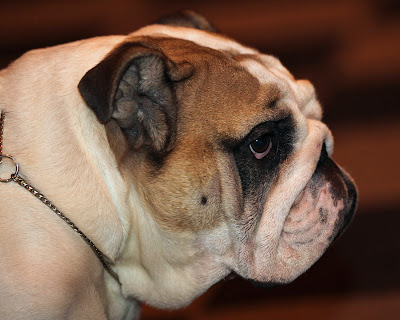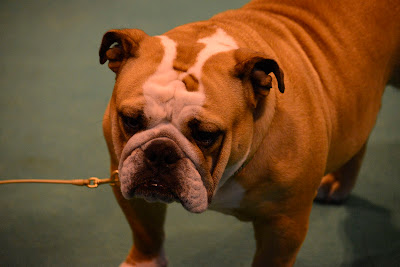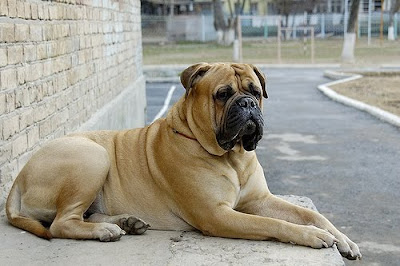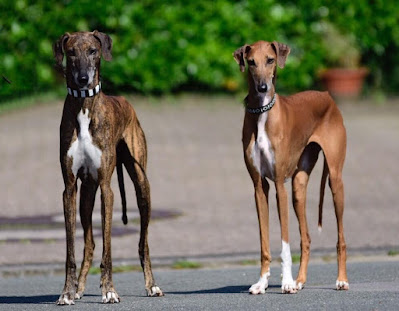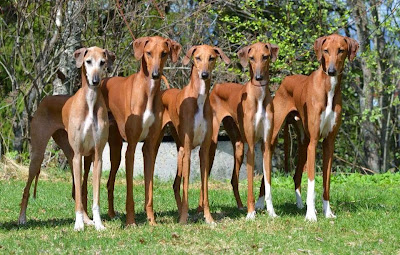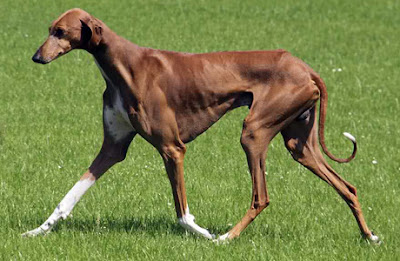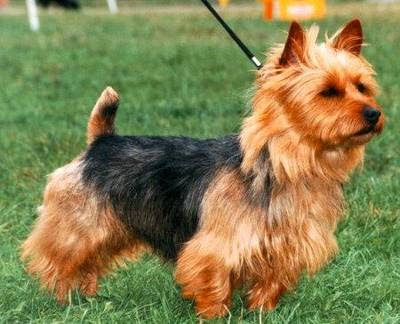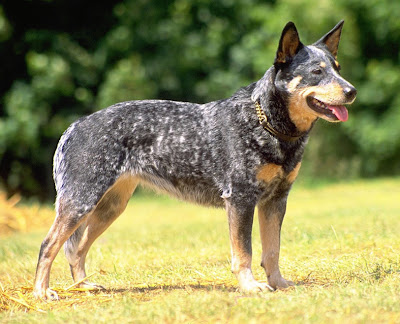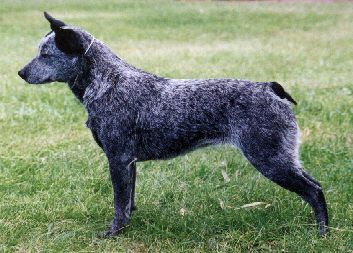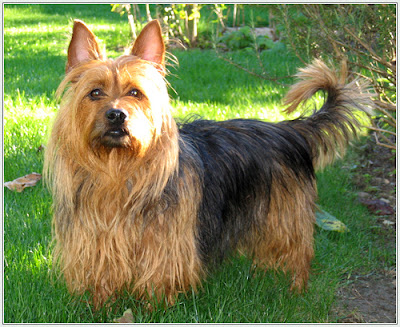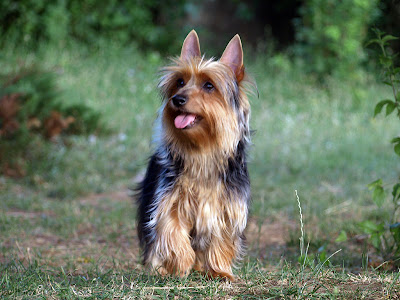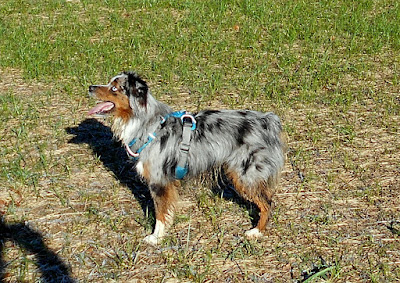Few things capture the imagination quite like the sight of an all-white dog. With their pristine coats, angelic appearance, and captivating charm, these dogs exude elegance and purity that make them stand out in any crowd. Whether you’re drawn to their snowy fur for aesthetic reasons or simply intrigued by their unique personalities, all-white dog breeds have a timeless appeal that transcends trends. In this comprehensive guide, we’ll explore everything you need to know about these stunning canines—from their origins and physical traits to their temperaments, grooming needs, and more. By the end, you’ll understand why All White Dog Breeds are cherished companions for households around the world.
Why Are All White Dog Breeds So Special?
All-white dog breeds possess a certain mystique that sets them apart from their multi-colored counterparts. Their gleaming coats evoke images of snow-covered landscapes, fluffy clouds, and ethereal beauty. Beyond their striking appearance, these dogs often carry symbolic meanings across cultures—purity, loyalty, and grace being among the most common associations.
But what makes all-white dog breeds truly special isn’t just their looks; it’s their diverse personalities, adaptability, and unwavering devotion to their human families. From regal sighthounds to playful lapdogs, these breeds span a wide range of sizes, temperaments, and purposes, ensuring there’s an all-white dog for every type of owner.
Top All-White Dog Breeds You Should Know
Let’s take a closer look at some of the most iconic all-white dog breeds, highlighting their unique qualities and contributions to the canine world.
1. Samoyed
Hailing from Siberia, the Samoyed is perhaps one of the most recognizable all-white breeds. Originally bred by the Samoyedic people as working dogs, these fluffy companions were tasked with herding reindeer, pulling sleds, and keeping their humans warm during harsh winters.
- Physical Traits: Medium-to-large size, thick double coat, curled tail, and signature “Sammy smile.”
- Temperament: Friendly, gentle, intelligent, and highly social.
- Strengths: Excellent family pets, great with children, and adaptable to various environments.
- Care Needs: Intensive grooming due to heavy shedding, regular exercise, and mental stimulation.
The Samoyed’s radiant white coat and perpetual grin make it impossible not to fall in love with this joyful breed.
2. Bichon Frise
The Bichon Frise may be small in stature, but its personality is larger than life. This French charmer is known for its powder-puff coat and cheerful demeanor, making it a favorite among city dwellers and suburbanites alike.
- Physical Traits: Small size, curly hypoallergenic coat, dark eyes, and perky expression.
- Temperament: Playful, affectionate, intelligent, and eager to please.
- Strengths: Ideal for apartment living, low-shedding, and highly trainable.
- Care Needs: Frequent grooming to maintain their signature poofy look, daily walks, and interactive playtime.
The Bichon Frise’s ability to bring joy into any home has earned it a loyal following worldwide.
3. Great Pyrenees
As majestic as they are protective, the Great Pyrenees is a giant breed originally used to guard livestock in the Pyrenees Mountains. Their imposing size and serene presence make them natural guardians.
- Physical Traits: Large size, thick white coat (sometimes with tan or gray markings), calm expression, and sturdy build.
- Temperament: Calm, patient, loyal, and naturally protective.
- Strengths: Excellent watchdogs, gentle with children, and independent thinkers.
- Care Needs: Moderate grooming despite their long coats, ample space, and early socialization.
The Great Pyrenees’ combination of strength and serenity makes it a beloved choice for rural and suburban homes.
4. West Highland White Terrier (Westie)
The Westie is a spirited little terrier hailing from Scotland, where it was bred to hunt vermin on farms. Its compact size and bold personality make it a delightful addition to any household.
- Physical Traits: Small size, wiry white coat, erect ears, and confident stance.
- Temperament: Feisty, curious, loyal, and surprisingly courageous.
- Strengths: Adaptable to various living situations, good with families, and relatively low-maintenance grooming.
- Care Needs: Regular brushing, moderate exercise, and firm yet loving training.
The Westie’s spunky attitude and adorable face have made it a staple in pop culture and homes alike.
5. American Eskimo Dog
Despite its name, the American Eskimo Dog originated in Germany, where it was developed as part of the Spitz family. These fluffy white dogs gained popularity in circuses and vaudeville acts thanks to their intelligence and trainability.
- Physical Traits: Small-to-medium size, dense white coat, plumed tail, and fox-like face.
- Temperament: Intelligent, alert, friendly, and highly trainable.
- Strengths: Excellent watchdogs, great with kids, and versatile performers.
- Care Needs: Regular grooming, consistent training, and plenty of mental challenges.
The American Eskimo Dog’s bright spirit and striking appearance continue to win hearts today.
6. Maltese
One of the oldest toy breeds, the Maltese has been cherished for centuries for its silky white coat and affectionate nature. This tiny companion dog thrives on human interaction and loves nothing more than cuddling with its owners.
- Physical Traits: Tiny size, flowing white coat, expressive eyes, and delicate features.
- Temperament: Gentle, sweet-natured, playful, and deeply bonded to their humans.
- Strengths: Perfect for seniors, hypoallergenic coat, and minimal exercise needs.
- Care Needs: Daily grooming to prevent tangles, careful handling, and lots of attention.
The Maltese’s dainty charm and loving personality make it a treasured lapdog.
7. Kuvasz
The Kuvasz is a large Hungarian breed historically used as a livestock guardian. Its elegant white coat served as camouflage in snowy fields while allowing shepherds to distinguish it from predators.
- Physical Traits: Large size, wavy or straight white coat, dignified posture, and keen eyes.
- Temperament: Independent, protective, loyal, and reserved with strangers.
- Strengths: Fearless protectors, calm indoors, and devoted to their families.
- Care Needs: Extensive grooming, secure fencing, and experienced handling.
The Kuvasz’s noble bearing and steadfast loyalty make it a remarkable guardian and companion.
What Makes All White Dogs Unique?
Beyond their dazzling appearance, all-white dog breeds share several characteristics that set them apart:
Genetic Factors Behind Their Coats
A dog’s coat color is determined by genetics, and all-white dogs typically inherit recessive genes that suppress pigmentation. While their lack of color gives them their distinctive look, it can also make them more prone to certain health issues, such as deafness or skin sensitivities.
Symbolism Across Cultures
In many cultures, white animals symbolize purity, innocence, and spirituality. For example:
- In ancient Egypt, white dogs were associated with Anubis, the god of mummification and the afterlife.
- In Christianity, white animals often represent holiness and divine favor.
- In Japan, white dogs are believed to bring good luck and prosperity.
Practical Considerations
While beautiful, all-white coats require extra care to stay clean and healthy. Dirt, grass stains, and discoloration show up easily on white fur, necessitating frequent bathing and meticulous grooming.
Caring for an All-White Dog Breed
Owning an all-white dog comes with specific responsibilities to ensure their coat remains pristine and their overall well-being is maintained.
Grooming Requirements
Regular grooming is essential for all-white dog breeds to keep their coats free of mats, tangles, and dirt. Depending on the breed, grooming needs can range from weekly brushing to professional styling every few weeks. Here are some tips:
- Use high-quality shampoos designed for white coats to enhance brightness and prevent yellowing.
- Trim hair around the eyes, ears, and paws to reduce staining and improve hygiene.
- Invest in tools like slicker brushes and de-shedding combs to manage shedding effectively.
Diet and Nutrition
A balanced diet rich in omega-3 fatty acids promotes healthy skin and a shiny coat. Consult your veterinarian to determine the best food options based on your dog’s age, size, and activity level.
Exercise and Mental Stimulation
Even though some all-white breeds are smaller and less active, all dogs benefit from regular exercise and mental engagement. Activities like walks, fetch, puzzle toys, and obedience training help burn off energy and prevent boredom-related behaviors.
Health Monitoring
Some all-white breeds are predisposed to specific health conditions, such as hip dysplasia in Great Pyrenees or luxating patellas in Bichon Frises. Schedule routine veterinary check-ups and address any concerns promptly to ensure your dog stays healthy.
Living with an All-White Dog: Challenges and Rewards
While all-white dog breeds bring immense joy and beauty into our lives, they also come with unique challenges that potential owners should consider.
Challenges
- Maintenance: Keeping a white coat clean requires time, effort, and patience.
- Sensitivity to Sunlight: Some all-white dogs are prone to sunburn due to their light-colored skin.
- Deafness Risk: Certain breeds, like Dalmatians and Bull Terriers, have a higher incidence of congenital deafness linked to their white coats.
Rewards
- Unmatched Beauty: Few sights are as breathtaking as a well-groomed all-white dog.
- Loyal Companionship: These breeds form deep bonds with their owners and thrive on human connection.
- Versatility: From guarding property to performing tricks, all-white dogs excel in various roles.
Conclusion: Embracing the Magic of All-White Dog Breeds
All White Dog Breeds embody the perfect blend of elegance, versatility, and devotion. Whether you’re captivated by the regal presence of a Great Pyrenees, the playful antics of a Westie, or the cuddly charm of a Maltese, there’s no denying the allure of these radiant companions. Their gleaming coats and vibrant personalities remind us of the simple joys that dogs bring into our lives—unconditional love, unwavering loyalty, and endless entertainment.
If you’re ready to welcome an all-white dog into your home, prepare to embark on a journey filled with laughter, learning, and countless unforgettable moments. After all, life is brighter—and infinitely more beautiful—with a snowy-furred friend by your side.








